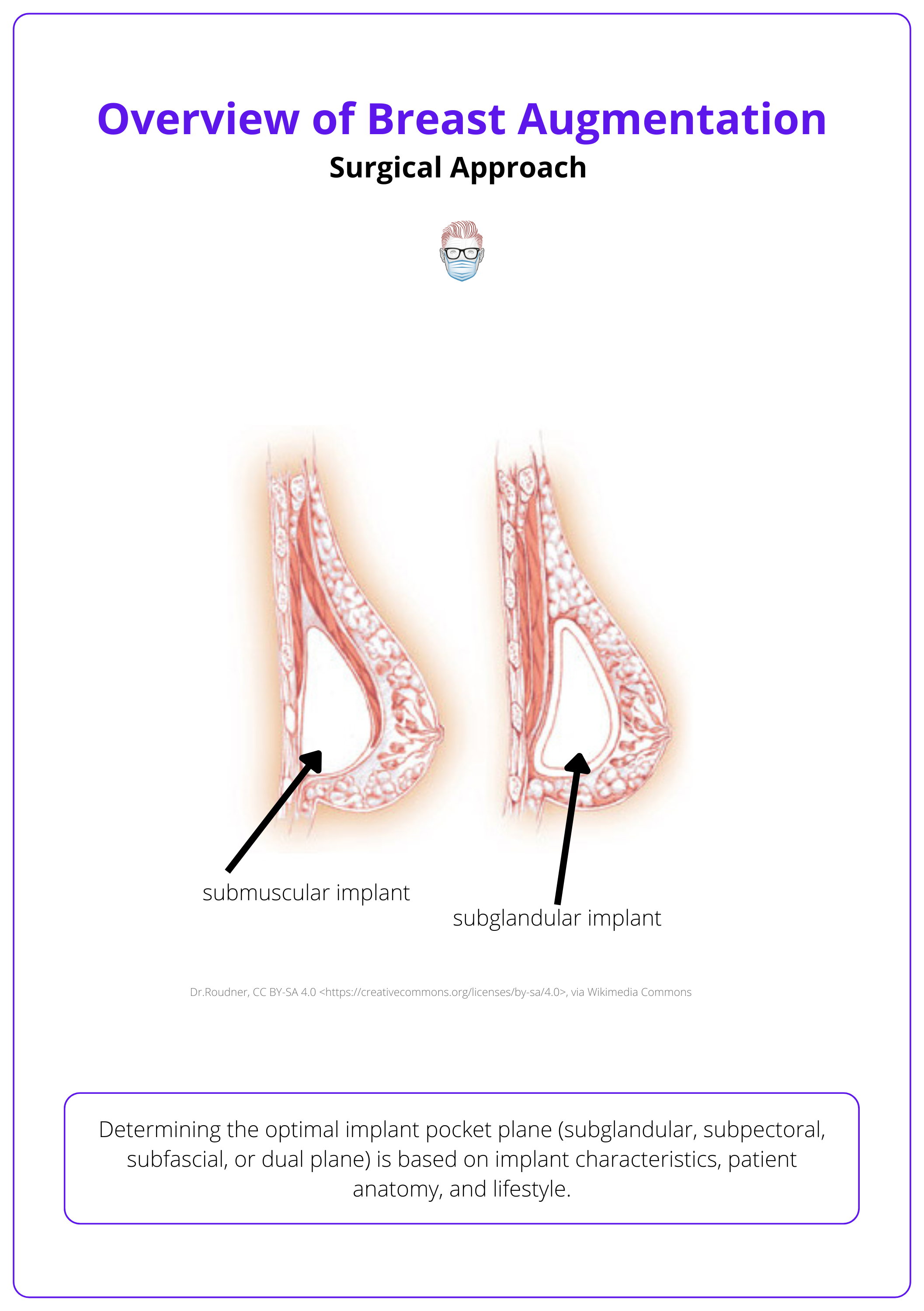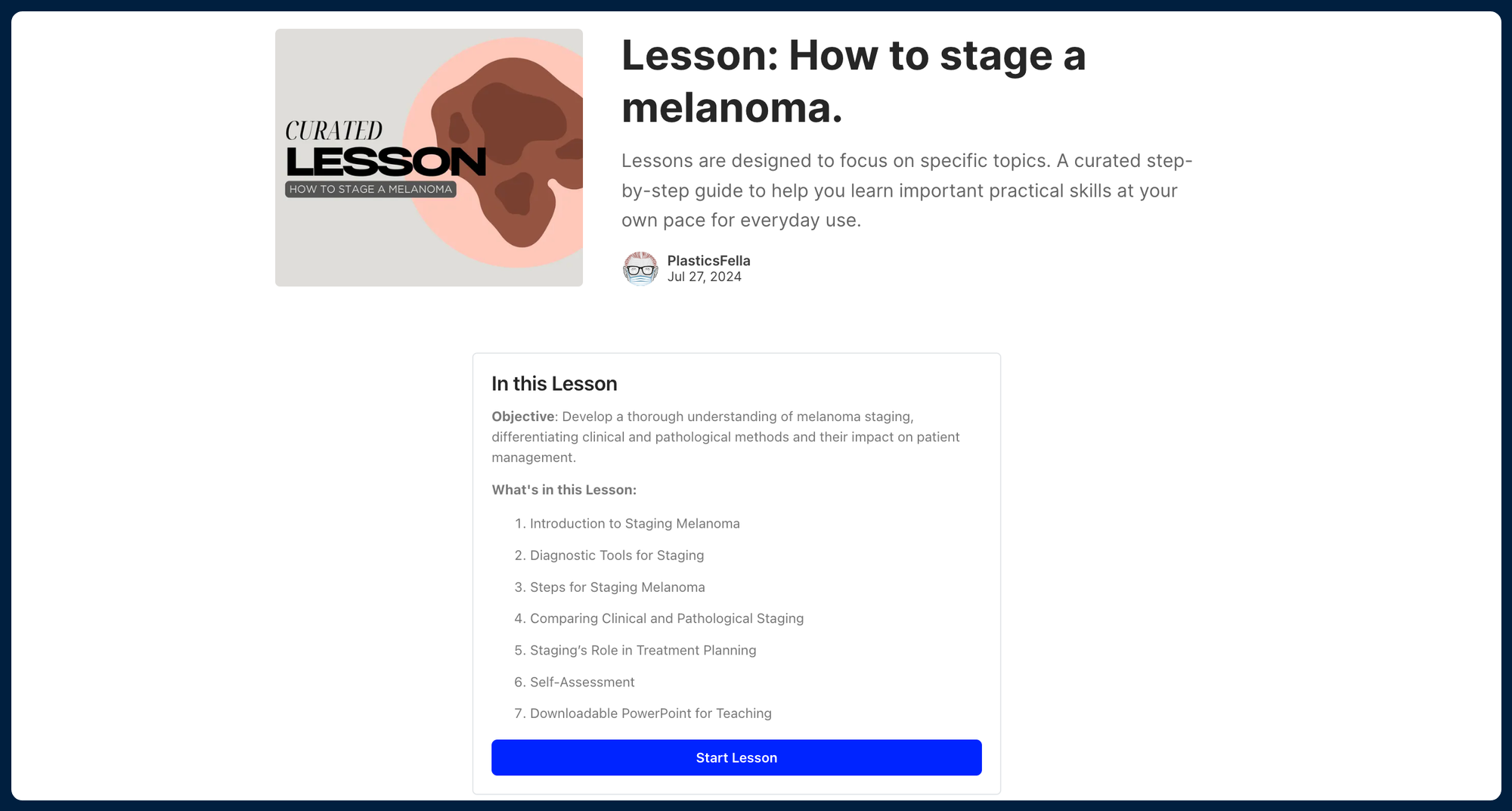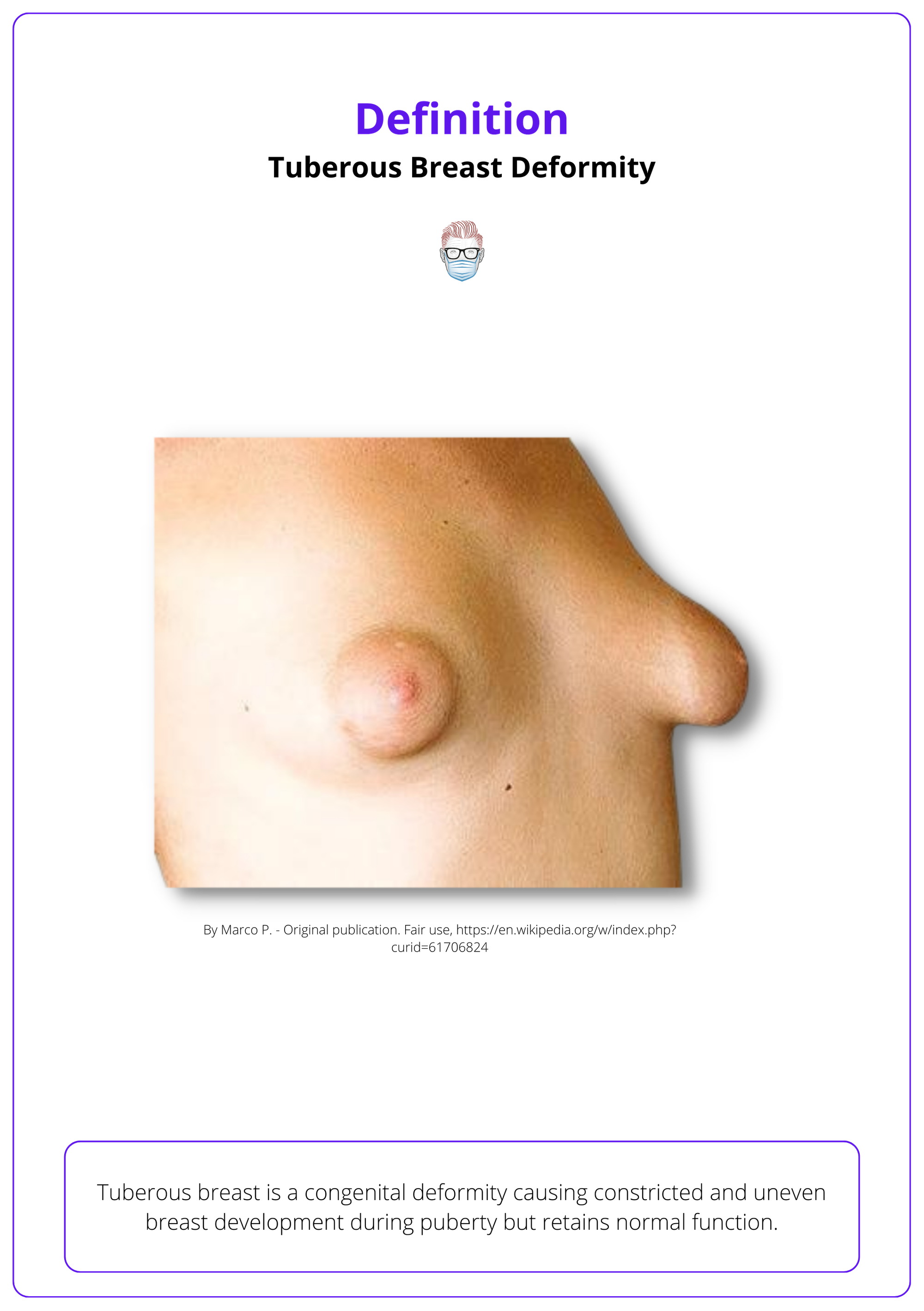In this week's edition
- ✍️ Letter from P'Fella
The top 3 plastic surgery resources? - 🤓 The Sunday Quiz
How well do you know breast augmentation? - 📚 New Feature: "Lessons"
How-to guides for the essentials. - 🎓 theFellow's Corner
This week's feature: Tuberous breast deformity. - 📖 What Does the Evidence Say?
What are the causes of capsular contracture? - 🔥 Recommended Articles of the Week
How to examine the breast & more!
3 articles with 1 sentence summaries. - 💕 Feedback
Suggest ideas & give feedback!
A Letter from P'Fella
What are the top 3 plastic surgery resources?
Let’s talk resources —what makes them truly great? Are we too attached to old favorites, or are new platforms the way to go? Time to challenge some norms.
👇
Tell me what you think! Before I dive in👇
We're dealing with three main categories: traditional (journals, textbooks), digital (online platforms, social media), and face-to-face (workplace learning, conferences). Let's unpack these:
Traditional: Journals & Textbooks
Are we hooked on these because they're the best, or just because they're familiar? While journals like 'Plastic and Reconstructive Surgery' cater to niche specialties, PRS CME articles hit the mark with practical, relevant content. Textbooks, thorough as they are, often end up as more decorative than useful. Remember, any textbook is good—if you actually read it.
Digital: Online Platforms & Social Media
The digital world is buzzing. How do you sift through the digital clutter to find gems that truly enhance your skills?
But are we learning, or just scrolling through "surgery porn"? Platforms like Twitter/X foster real-time, meaningful discussions, while Instagram tends to showcase life highlights rather than practical lessons like the 'zones of the hand.'
Face-to-Face: Conferences, Courses
Direct interactions offer unmatched learning opportunities. Yet, how often do conferences go beyond networking, and do those intensive courses make a lasting impact? Nothing (obviously) will ever replace the work environment for clinical experience.
I'll dive deeper into my top 3 resources and discuss this in an upcoming episode of Behind the 'Fella.
P'Fella ❤️
The Sunday Quiz
How Well Do You Know Breast Augmentation?
Welcome to the next round of The Weekly Quiz.
Each edition of thePlasticsPaper includes a quiz question designed to challenge and engage our readers. Keep your wits about you and join in every week — the winner at the end of six rounds will earn you a $100 voucher.

New Feature: “Lessons”
The "How to" Guides for Plastic Surgery
We are brainstorming this new concept called "Lessons," a new educational tool offering concise, step-by-step guides for specific plastic surgery topics.
Forget the hassle of navigating through the library, cases, or other resources. With "Lessons," you'll receive guided, hands-on instructions, making learning seamless and efficient. It's like having a mentor by your side, every step of the way.
Here's an example 👇

Help us design this new feature 👇
the Fellows' Corner
This Week's Focus: Tuberous Breast Deformity
In case you've missed out, here's a reminder to check out our fresh articles, clinical cases, and surgical techniques.
Read below for an overview of our clinical case on Tuberous Breast Deformity.

Tuberous Breast Deformity
Definition
A congenital deformity characterized by constricted, elevated, herniated, and hypoplastic features, while maintaining normal function.
Clinical Features
Features vary widely, commonly including asymmetry, hypoplasia, constricted base, IMF elevation, herniated nipple, ptosis, and skin envelope insufficiency.
Classification
Von Heimburg's 1996 system is crucial for assessing the condition, emphasizing the identification of specific affected areas to inform surgical strategies.
Surgical Management
Aims to release constrictions, restore volume, reposition the inframammary fold, and achieve symmetry, involving techniques like periareolar incisions, radial scoring, and dual-plane pocket creation.
What Does the Evidence Say?
Causes of Capsular Contracture
Capsular contracture is the most common complication following breast implant surgery, with an overall incidence of 10.6% (Headon et al., 2015). Several risk factors have been identified, including smooth implant surfaces, subglandular placement, silicone-filled implants, and previous radiotherapy (Headon et al., 2015; Bachour et al., 2018).
Subclinical bacterial infection, particularly with Staphylococcus epidermidis, may play a role in capsular contracture development (Shah et al., 1981; Adams, 2009; Bachour et al., 2017). The immune system's response to implants is also implicated, with macrophages often associated with contracture (Bachour et al., 2017). Other factors such as implant size, incision site, and postoperative care may also influence contracture rates (Calobrace et al., 2018).
Preventive measures include precise surgical techniques, antibiotic irrigation, and minimizing contamination (Adams, 2009). Despite advances in understanding and prevention, capsular contracture remains a significant challenge in breast implant surgery (Luvsannyam et al., 2020; Steiert et al., 2013).
Articles of the Week
3 Interesting Articles with 1 Sentence Summaries
The "High Five" decision in breast augmentation covers the preoperative assessment and planning into five critical decisions using five key measurements, all within five minutes.
Discover the comparative outcomes of direct-to-implant (DTI) versus tissue expander (TE) placement in immediate breast reconstruction post-mastectomy.
Explore advancements in predicting postoperative cup size after reduction mammaplasty and measurement techniques that improve the accuracy of predicting breast tissue reduction.


